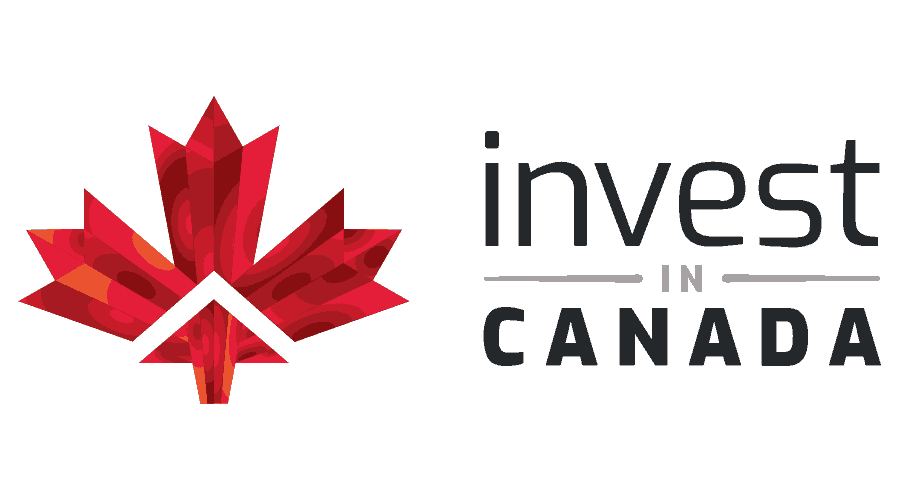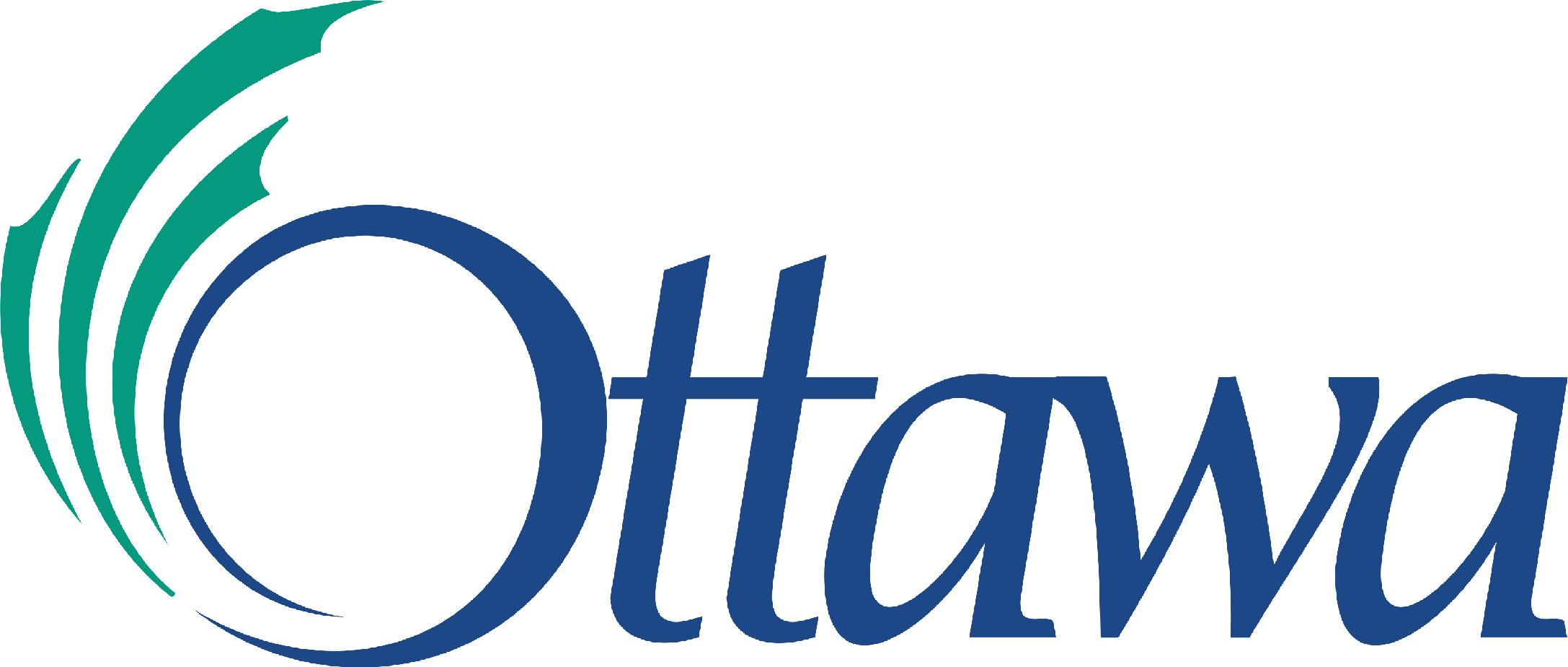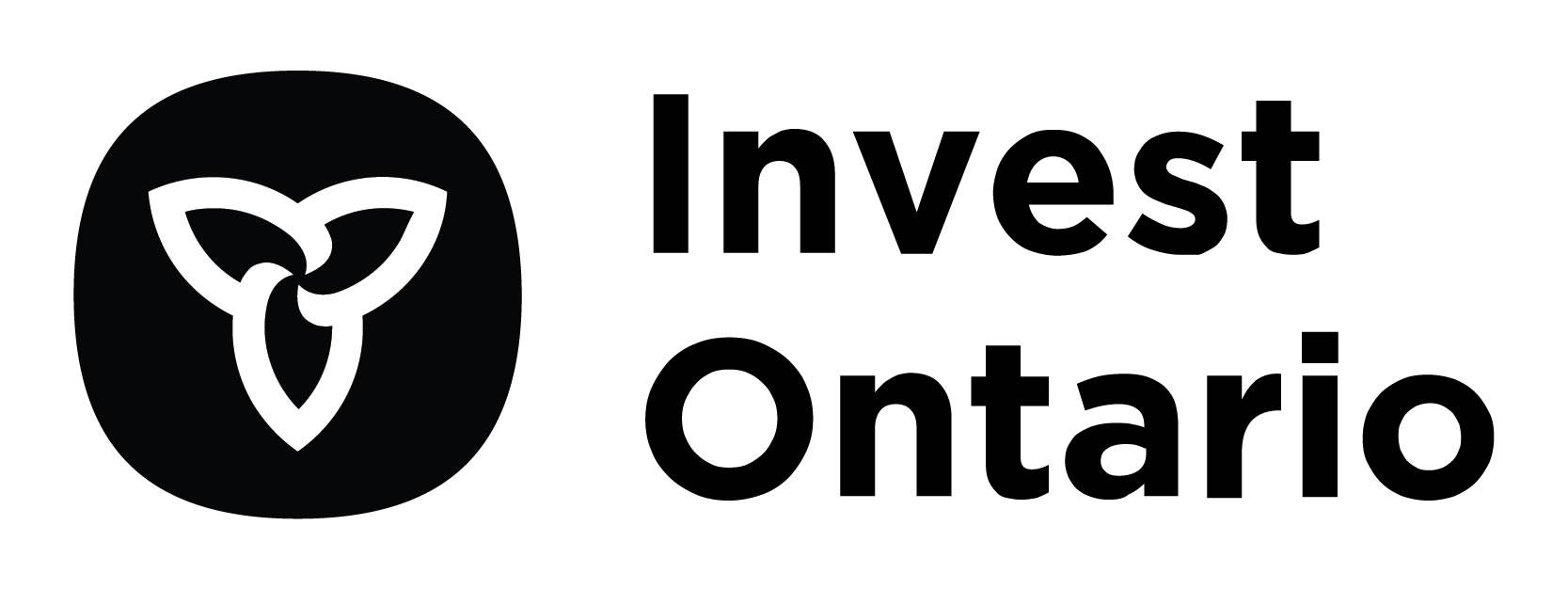Invest Ottawa is committed to maintaining an accessible environment for persons with disabilities by serving our clients in a manner which respects their dignity and independence and permits equal access to our services.
We have established policies, practices and procedures for the delivery of our services to persons with disabilities, as required by the Accessibility Standards for Customer Service enacted under the Accessibility for Ontarians with Disabilities Act, 2005 (“AODA”).
We invite feedback on how our services are delivered to people with disabilities. Please contact us by phone, 613-828-6274, email at [email protected] and in person at Invest Ottawa offices. We promise to acknowledge feedback directly as well as to communicate any resulting actions based on concerns or complaints submitted.
Our Client Service Accessibility Policy is available to any person upon request. It describes our policies, practices and procedures relating to:
- Providing services to persons with disabilities
- The use of assistive devices, service animals and support persons by persons with disabilities
- Temporary disruption of our facilities and services
- Staff training
- Our Feedback Process
To ensure equal access to electronic and information technologies, Invest Ottawa has developed a set of web page design standards in recognition of persons with disabilities.
These standards are influenced by those recommended by the W3C and Access Board. The Access Board is responsible for developing the standards outlined by the amended Rehabilitation Act of 1998. Universal design calls for appropriate use auxiliary aids and services where necessary to ensure communication.
Invest Ottawa has adopted the Design of HTML Pages to increase accessibility to users with disabilities as the primary guideline to meet the objectives of the Universal Access for State Design policy.
These Universal Access Design Standards are being integrated into Invest Ottawa’s web site and will continue to evolve as new technologies and opportunities emerge.
- Every graphic image will have an “alt” tag and a short description that is intuitive to the user. If a graphic image is used as a navigation element, it will contain text description and direction that is intuitive to the user.
- Every graphic image that uses an image map, alternative text of the hyperlink will be provided.
- Photographs that contribute to the content of a page will include a long description or a “D” to denote an alternative description. A “return” link will be provided on the description page to return the user to the page of origin.
- The Invest Ottawa web site will have descriptive, intuitive text links and avoid the use of vague references such as “click,” “here,” “link,” or “this.”
- An alternative form of access will be made available for online forms, such as an email address or phone number.
- Tables will include textual information displayed in a linear form across the table, as well as cells will be named to aid as reference.
- Background colours will be avoided since colour schemes can create problems with legibility.
- Multiple browser testing will be conducted on the current versions of Google Chrome, Internet Explorer and Mozilla Firefox.
Adobe’s PDF Converter allows you to convert regular PDF files to html. One of the required standards is providing, where applicable, an HTML alternative to PDF files.
http://www.adobe.com/products/acrobat/access_onlinetools.html
http://www.w3.org/WAI/WCAG20/glance/



